secularism Argument are flawed Both sides
Fri 27 Nov 2015, 19:05:14
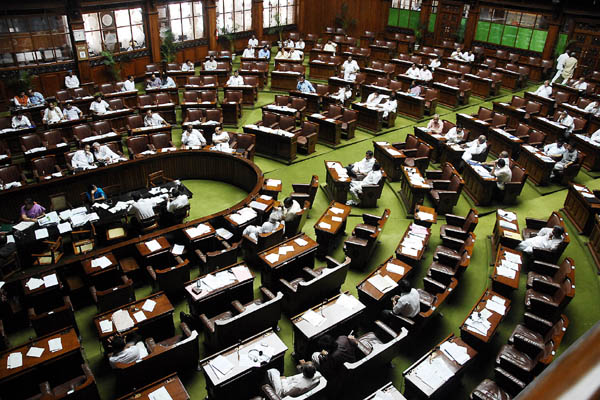
The great secularism debate begins all over again. Rest assured, it will take us nowhere. There will be plenty of theoretical drivel from both sides of the secular divide justifying respective positions. And as usual there won’t be a point of convergence. Home Minister Rajnath Singh and Congress president set the ball rolling on day one of the winter session; Prime Minister Narendra Modi will take it forward on Friday. The end result is not expected to be dramatic.There have been two competing narratives of secularism in the country since the days of Independence, one which goes by the generic description of Nehuruvian secularism, and the other is that of the Rashtriya Swayamsevak Sangh. Both narratives dig into history for sustenance and both link themselves to the wider issue of nationhood. The difference is one
looks at the symmetries in our history, the other at asymmetries. One stresses the assimilative, adaptive and syncretic traits in it, while the other digs out the several conflicts, fault lines and entrenched grievances the other narrative tries to gloss over.Given the fundamental contradiction in approach, an agreement is impossible. That makes the renewed debate waste of time. The real issue in India is not a singular theoretical description of secularism, but the way it’s actually practiced or sought to be practiced on the ground and its impact on people. That is where political secularism – the way parties look at the subject and go about it — kicks in. Irrespective of how India was or has beenthrough centuries, it’s political considerations that have driven secularism in thecountry. And it needs elaboration.
looks at the symmetries in our history, the other at asymmetries. One stresses the assimilative, adaptive and syncretic traits in it, while the other digs out the several conflicts, fault lines and entrenched grievances the other narrative tries to gloss over.Given the fundamental contradiction in approach, an agreement is impossible. That makes the renewed debate waste of time. The real issue in India is not a singular theoretical description of secularism, but the way it’s actually practiced or sought to be practiced on the ground and its impact on people. That is where political secularism – the way parties look at the subject and go about it — kicks in. Irrespective of how India was or has beenthrough centuries, it’s political considerations that have driven secularism in thecountry. And it needs elaboration.
No Comments For This Post, Be first to write a Comment.
Most viewed from Specials
Most viewed from World
AIMIM News
Latest Urdu News
Most Viewed
May 26, 2020
Can Lionel Messi's visit boost Indian football?
Latest Videos View All
Like Us
Home
About Us
Advertise With Us
All Polls
Epaper Archives
Privacy Policy
Contact Us
Download Etemaad App
© 2025 Etemaad Daily News, All Rights Reserved.

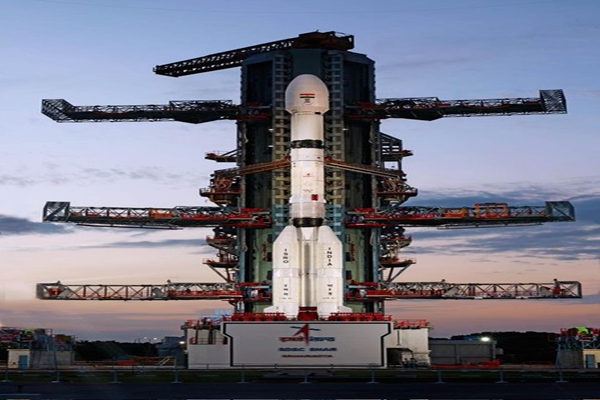
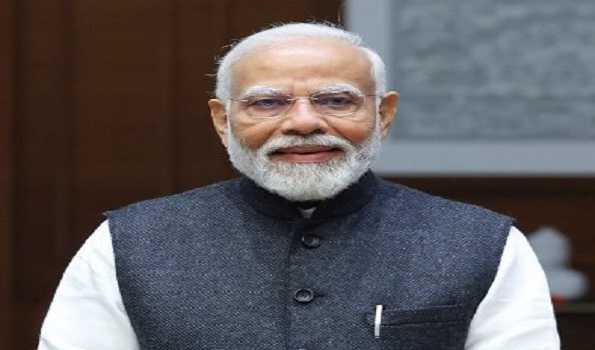
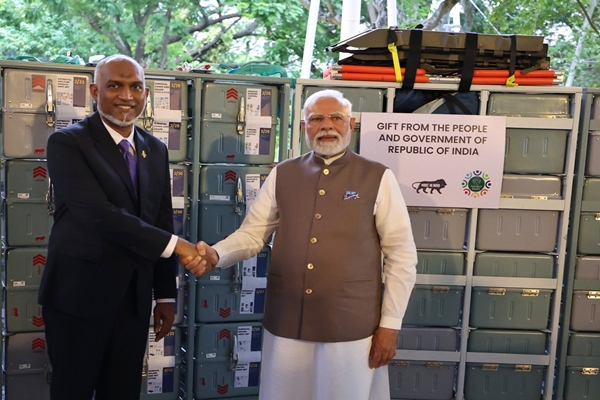
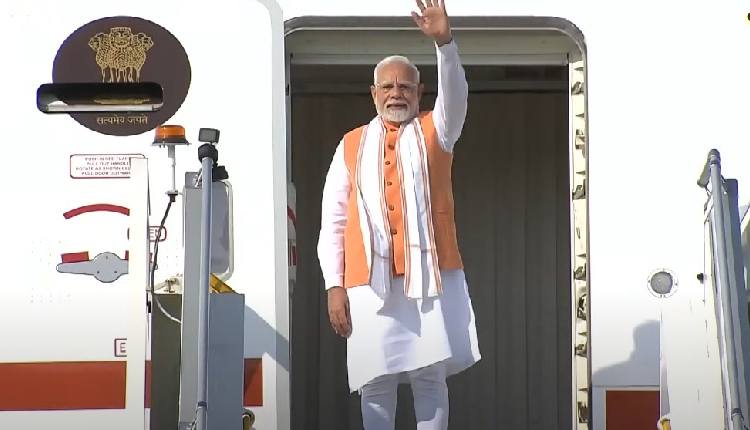
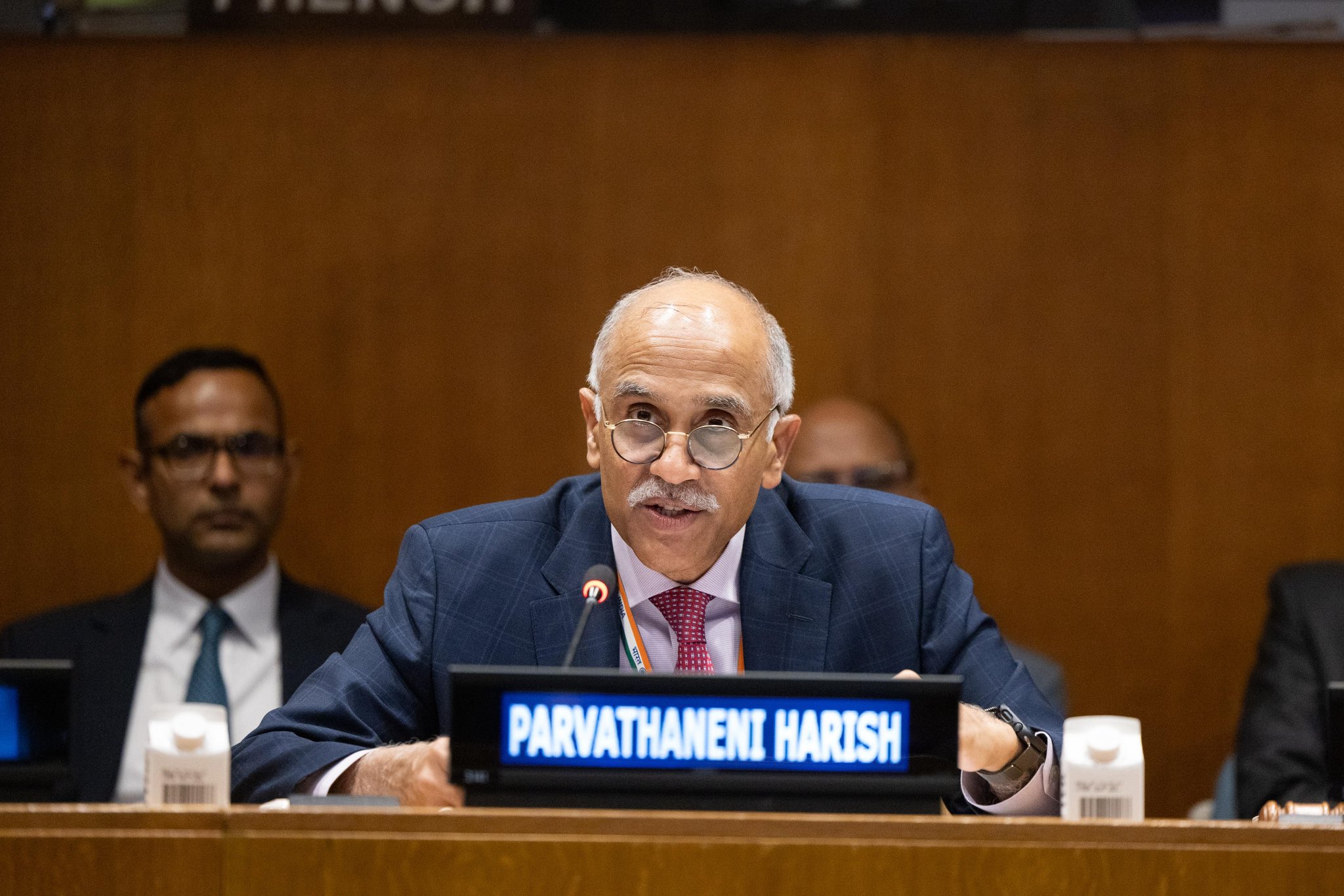
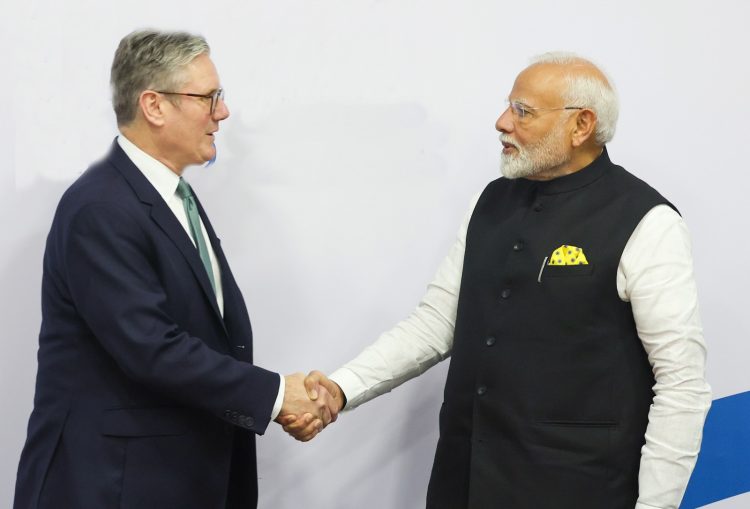
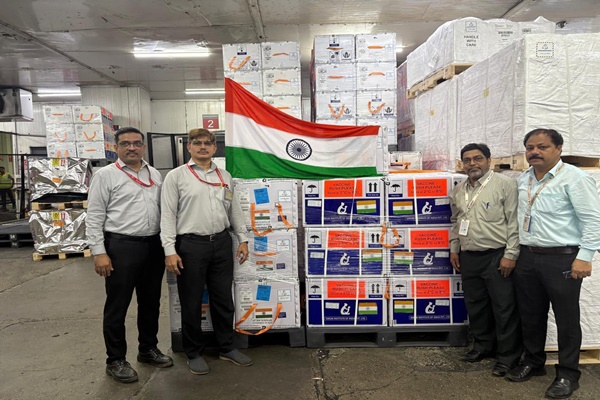
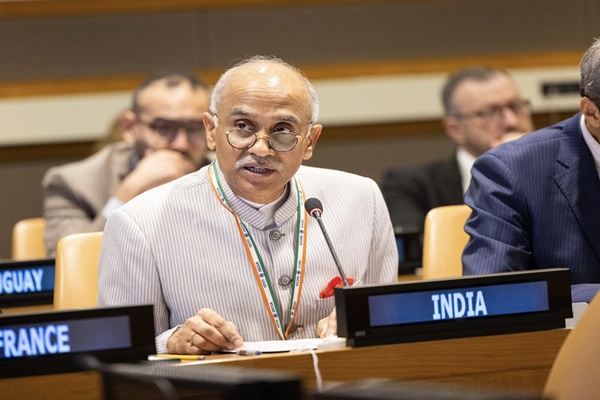
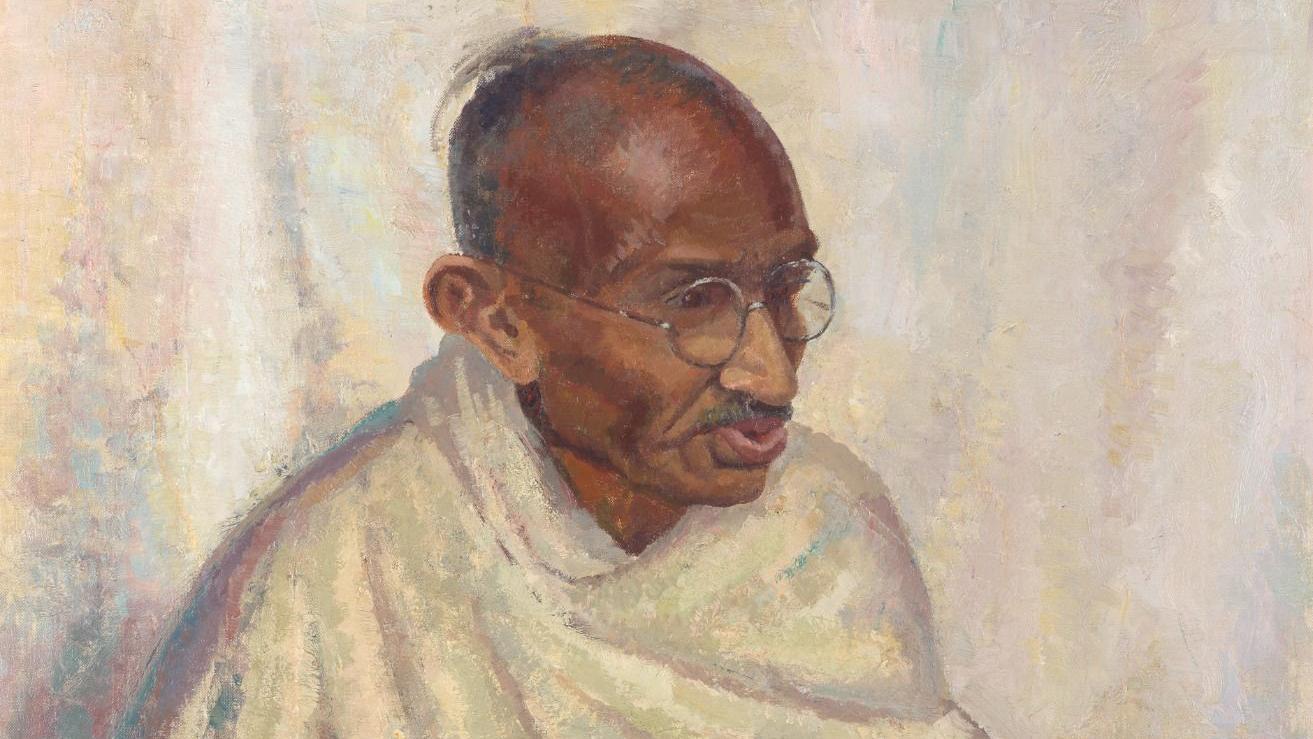
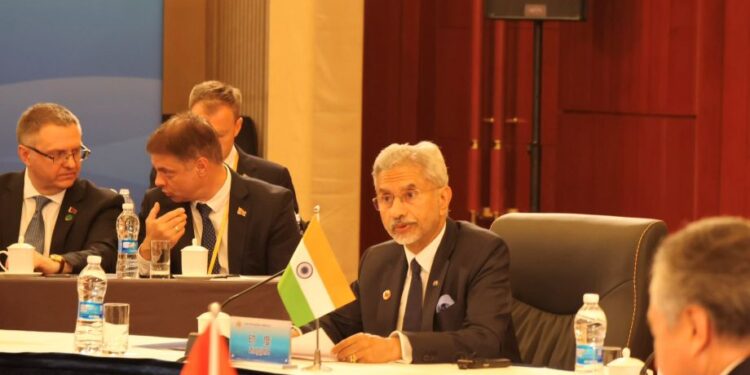
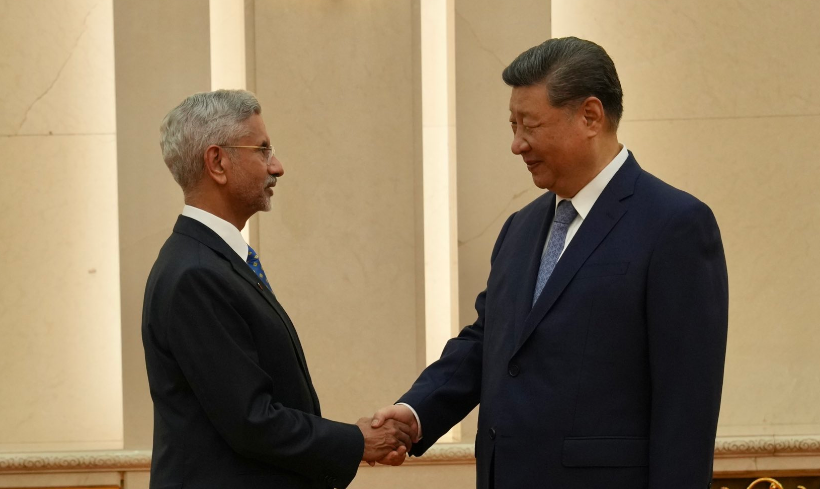
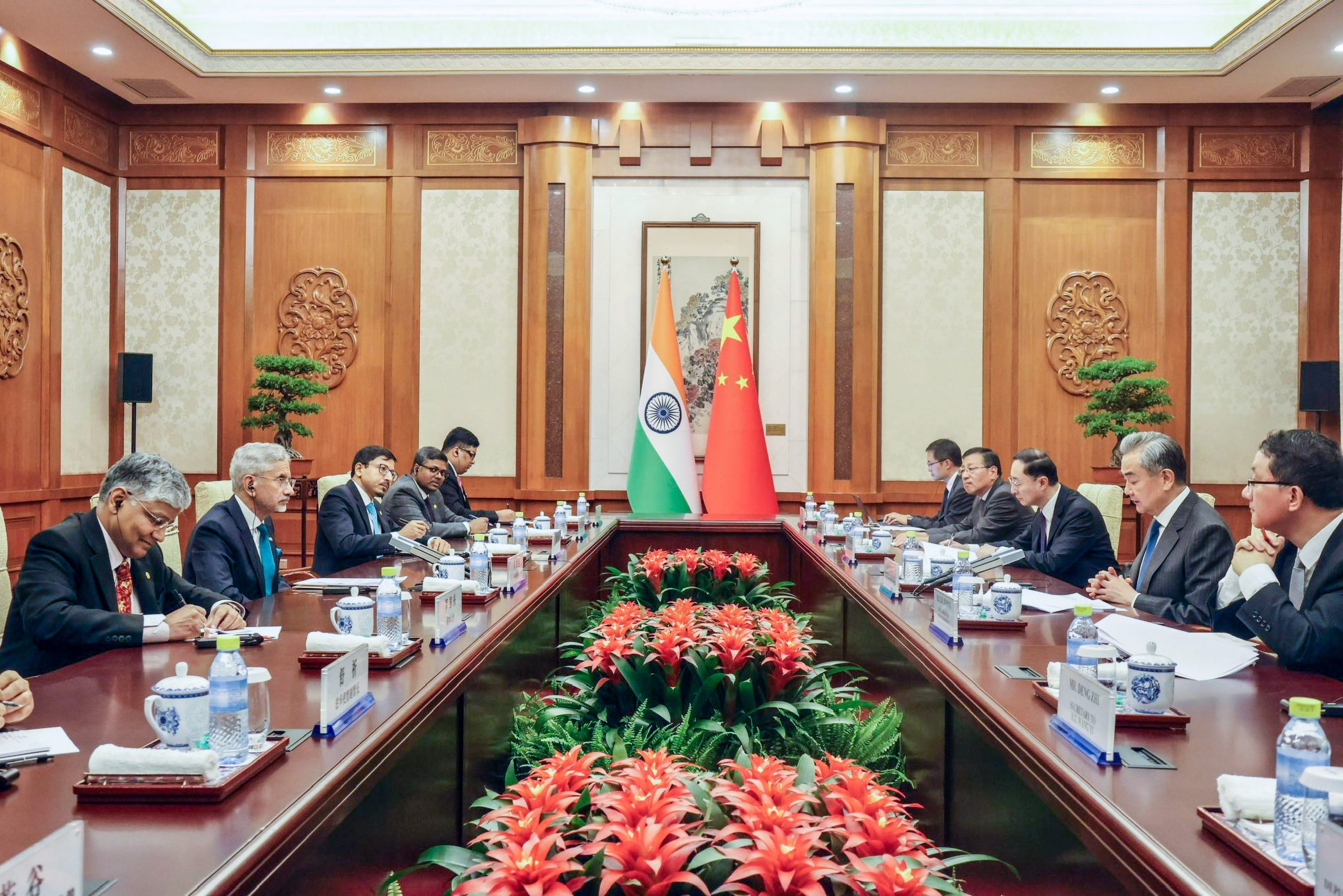
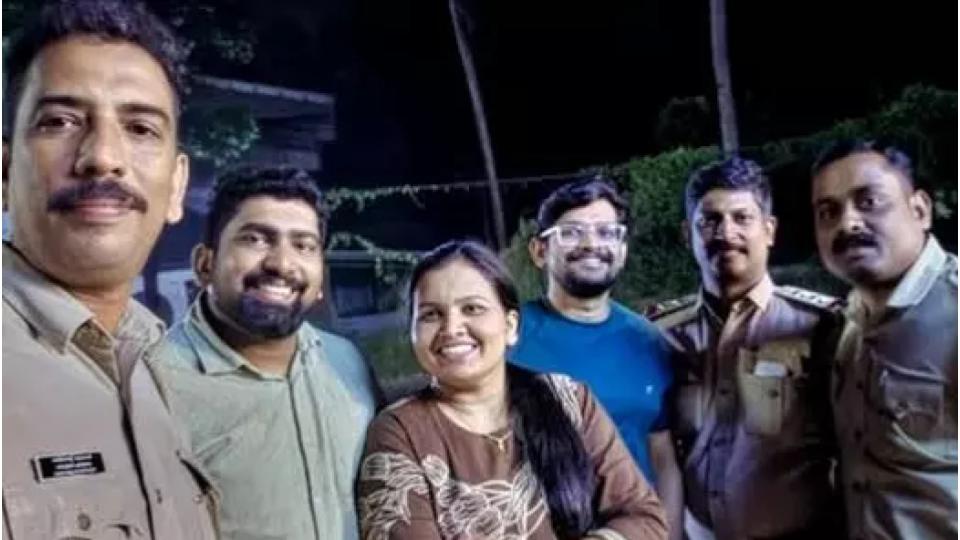
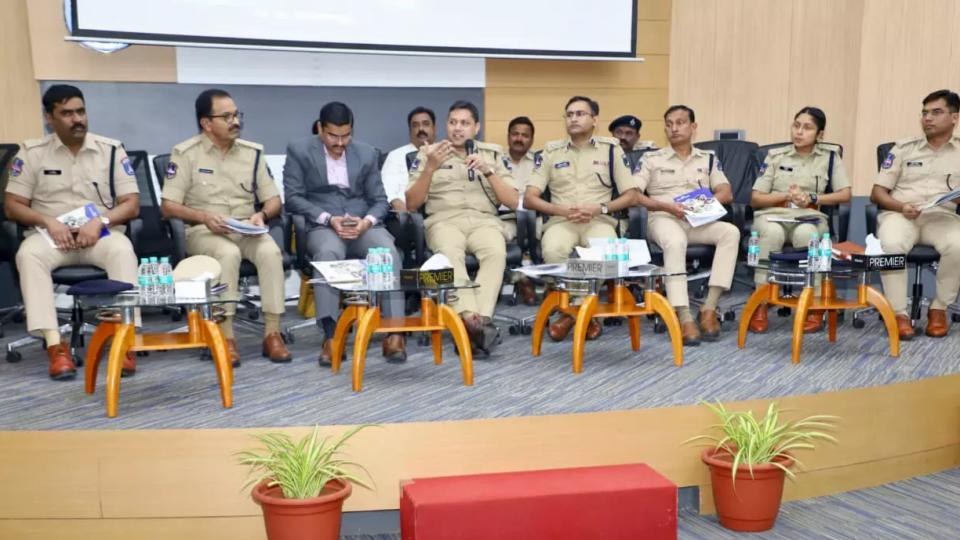







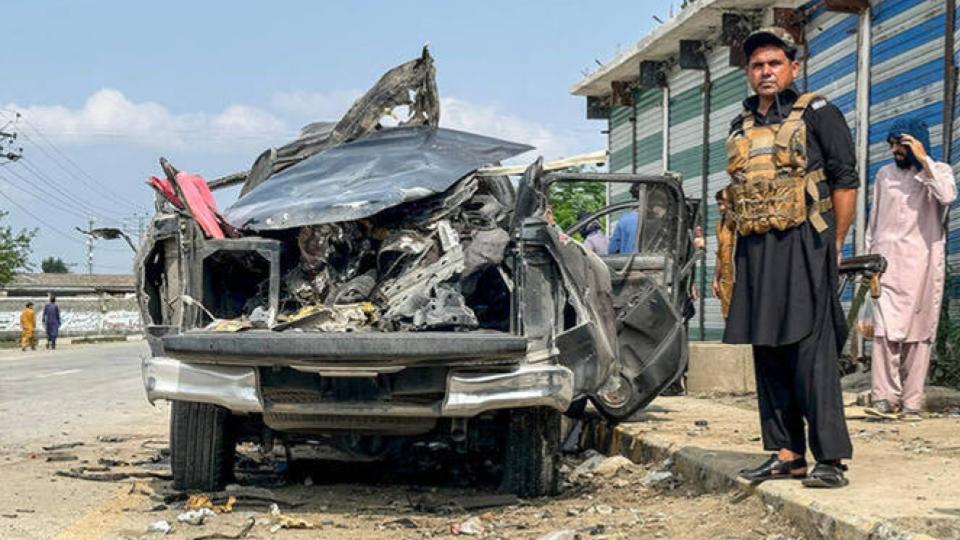






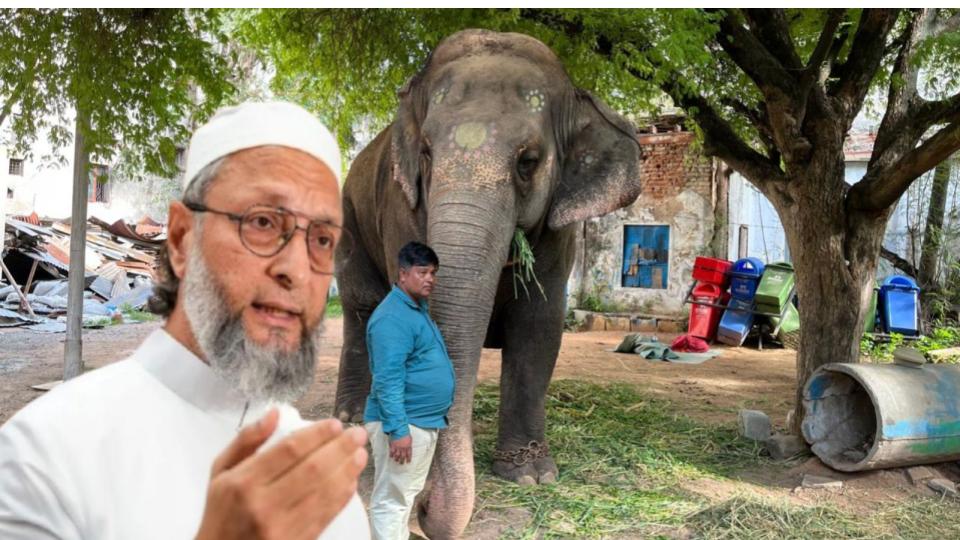
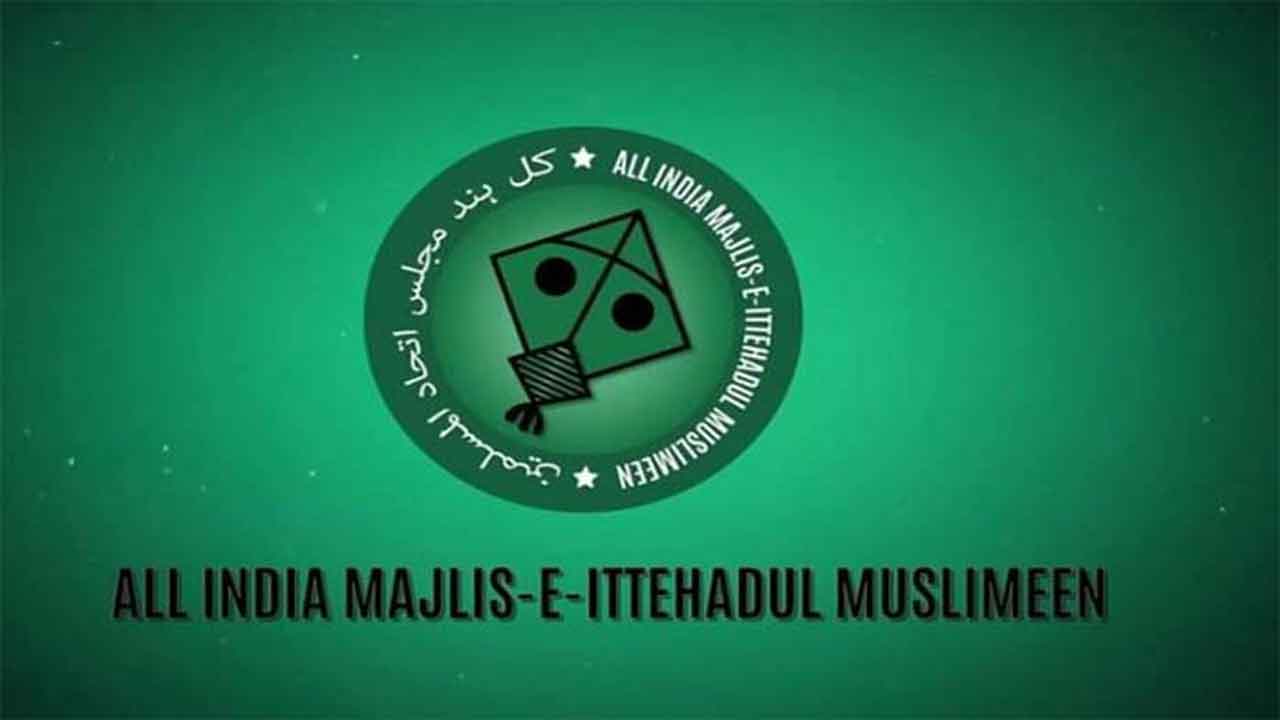
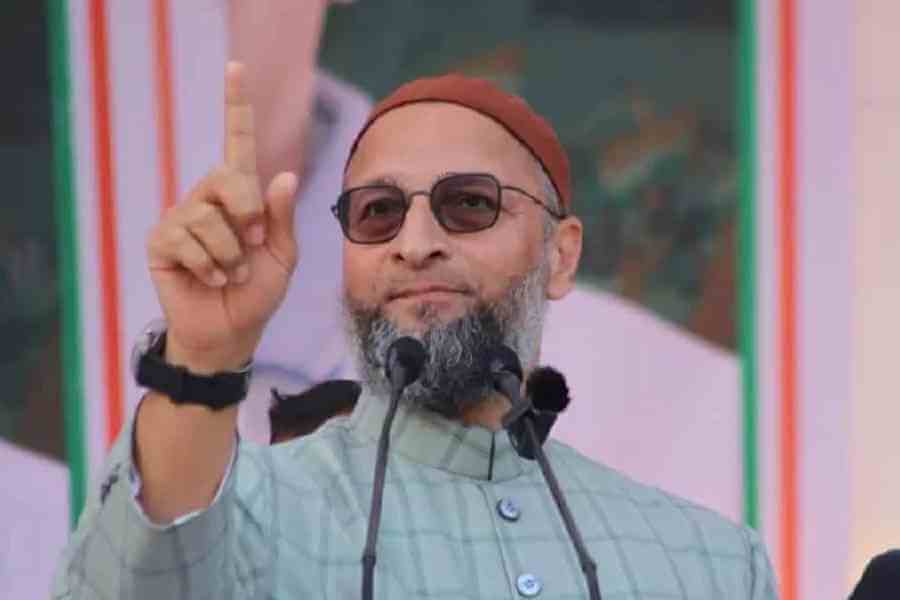
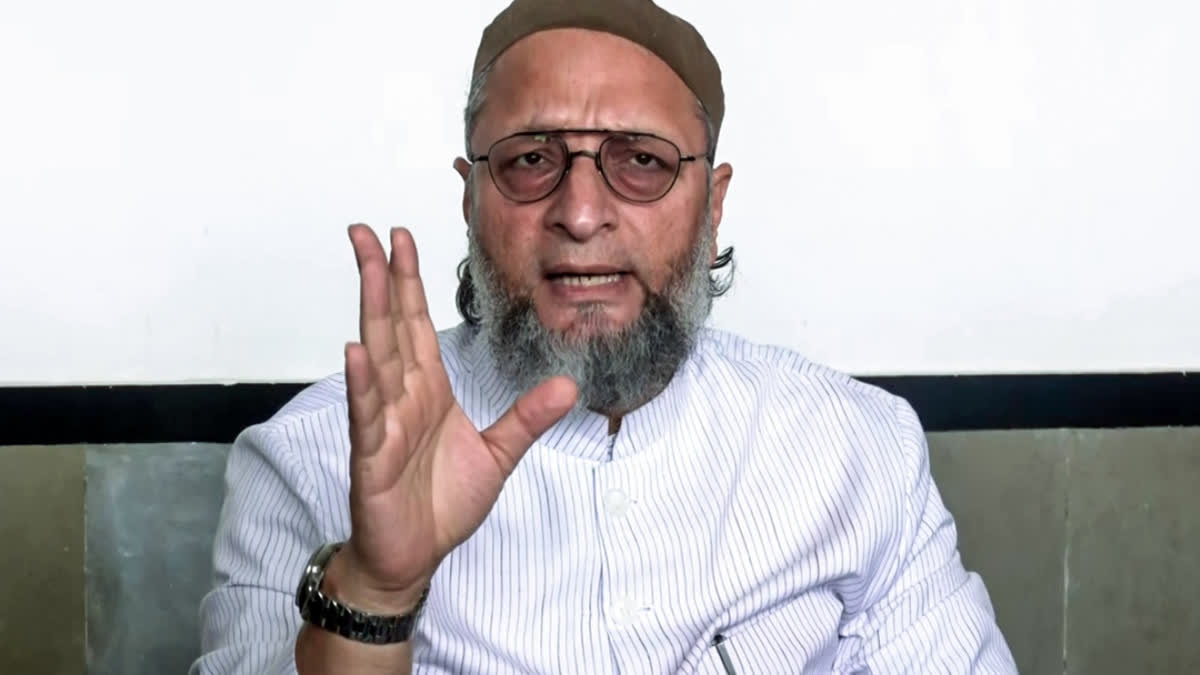
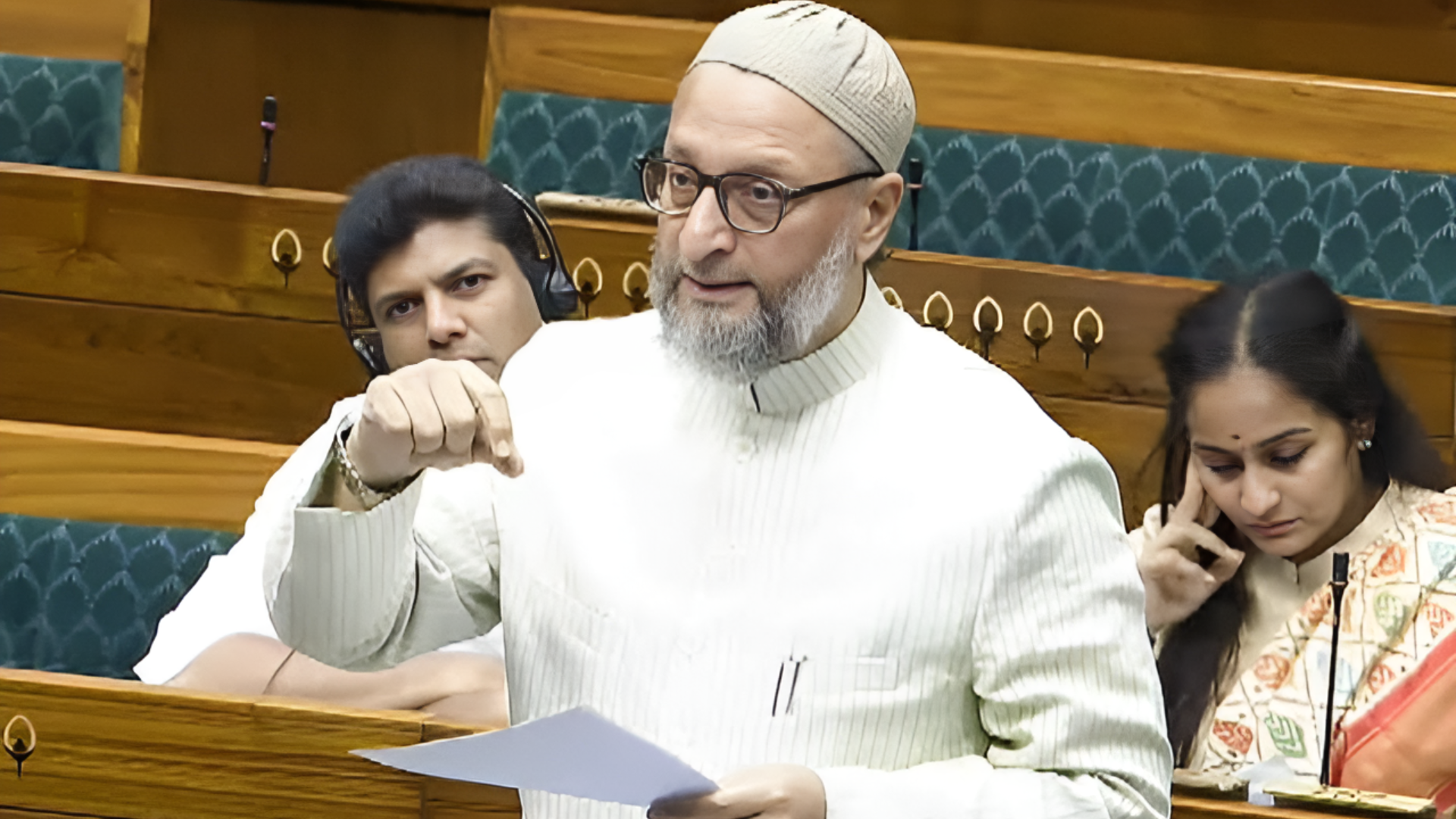
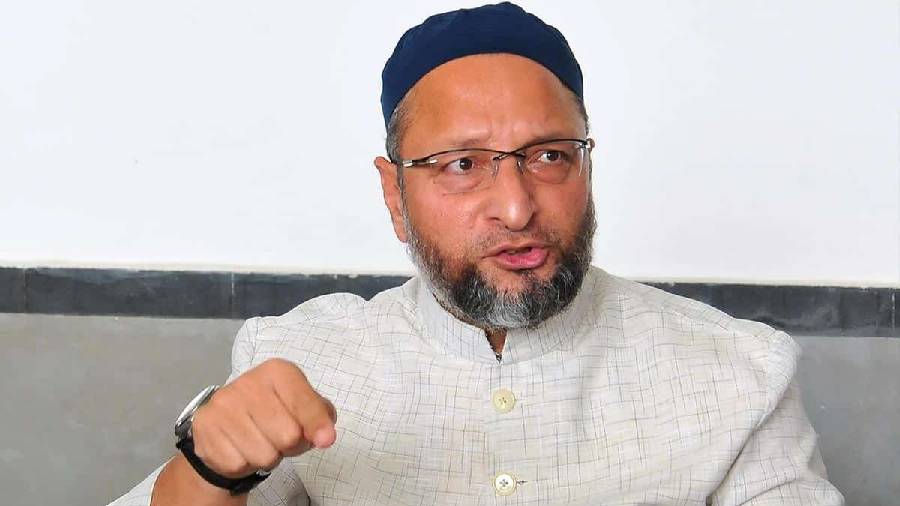
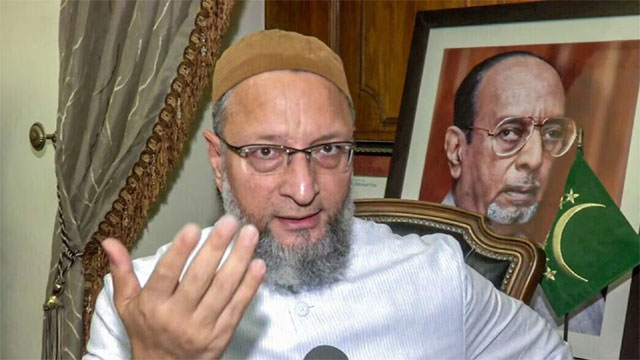
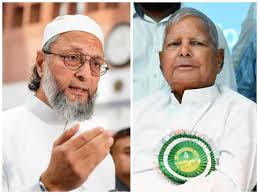
.jpg)
.jpg)
.jpg)


